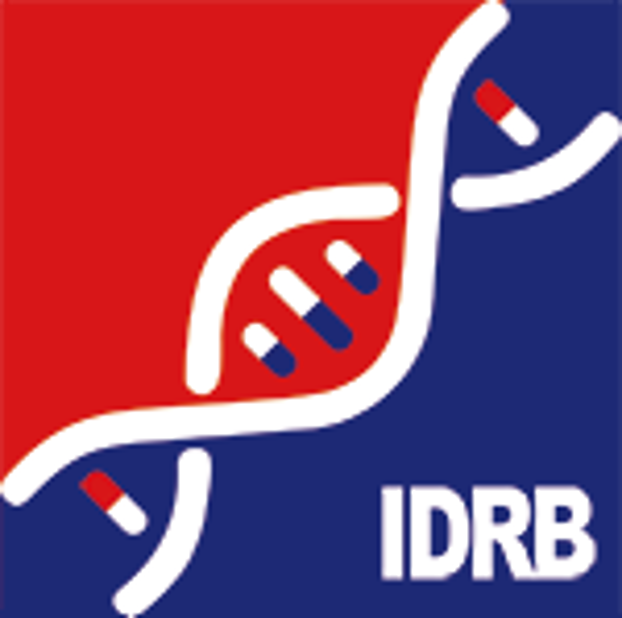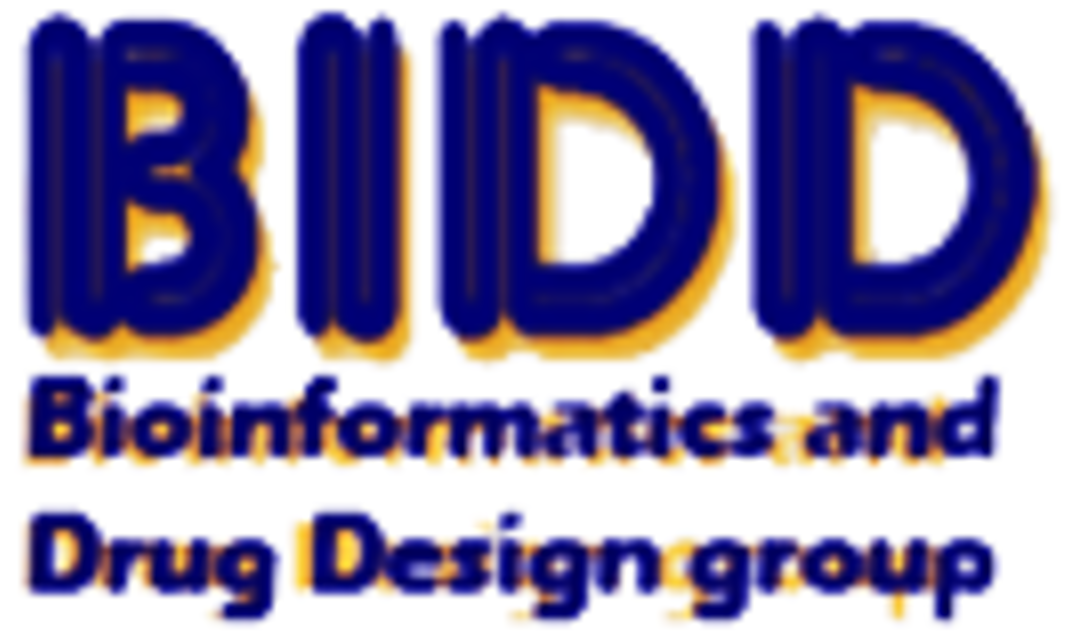| References |
Top |
| REF 1 |
Modulation of LSD1 phosphorylation by CK2/WIP1 regulates RNF168-dependent 53BP1 recruitment in response to DNA damage. Nucleic Acids Res. 2015 Jul 13;43(12):5936-47.
|
| REF 2 |
Mammalian SUMO E3-ligases PIAS1 and PIAS4 promote responses to DNA double-strand breaks. Nature. 2009 Dec 17;462(7275):935-9.
|
| REF 3 |
Genomic instability, defective spermatogenesis, immunodeficiency, and cancer in a mouse model of the RIDDLE syndrome. PLoS Genet. 2011 Apr;7(4):e1001381.
|
| REF 4 |
ATM and ATR substrate analysis reveals extensive protein networks responsive to DNA damage. Science. 2007 May 25;316(5828):1160-6.
|
| REF 5 |
Functional interaction between BLM helicase and 53BP1 in a Chk1-mediated pathway during S-phase arrest. J Cell Biol. 2004 Sep 13;166(6):801-13.
|
| REF 6 |
DNA damage-induced G2-M checkpoint activation by histone H2AX and 53BP1. Nat Cell Biol. 2002 Dec;4(12):993-7.
|
| REF 7 |
MRE11 promotes AKT phosphorylation in direct response to DNA double-strand breaks. Cell Cycle. 2011 Jul 1;10(13):2218-32.
|
| REF 8 |
The proximity ligation assay reveals that at DNA double-strand breaks WRAP53 associates with H2AX and controls interactions between RNF8 and MDC1. Nucleus. 2015;6(5):417-24.
|
| REF 9 |
Accumulation of checkpoint protein 53BP1 at DNA breaks involves its binding to phosphorylated histone H2AX. J Biol Chem. 2003 May 30;278(22):19579-82.
|
| REF 10 |
Structural basis for the methylation state-specific recognition of histone H4-K20 by 53BP1 and Crb2 in DNA repair. Cell. 2006 Dec 29;127(7):1361-73.
|
| REF 11 |
The TIP60 Complex Regulates Bivalent Chromatin Recognition by 53BP1 through Direct H4K20me Binding and H2AK15 Acetylation. Mol Cell. 2016 May 5;62(3):409-421.
|
| REF 12 |
A mitotic phosphorylation feedback network connects Cdk1, Plk1, 53BP1, and Chk2 to inactivate the G(2)/M DNA damage checkpoint. PLoS Biol. 2010 Jan 26;8(1):e1000287.
|
| REF 13 |
A role for the deubiquitinating enzyme USP28 in control of the DNA-damage response. Cell. 2006 Aug 11;126(3):529-42.
|
| REF 14 |
53BP1 Integrates DNA Repair and p53-Dependent Cell Fate Decisions via Distinct Mechanisms. Mol Cell. 2016 Oct 6;64(1):51-64.
|
| REF 15 |
The 8-kDa dynein light chain binds to p53-binding protein 1 and mediates DNA damage-induced p53 nuclear accumulation. J Biol Chem. 2005 Mar 4;280(9):8172-9.
|
| REF 16 |
An acetyl-methyl switch drives a conformational change in p53. Structure. 2015 Feb 3;23(2):322-31.
|
| REF 17 |
Two cellular proteins that bind to wild-type but not mutant p53. Proc Natl Acad Sci U S A. 1994 Jun 21;91(13):6098-102.
|
| REF 18 |
The direct interaction between 53BP1 and MDC1 is required for the recruitment of 53BP1 to sites of damage. J Biol Chem. 2009 Jan 2;284(1):426-35.
|
| REF 19 |
MCPH1 functions in an H2AX-dependent but MDC1-independent pathway in response to DNA damage. J Biol Chem. 2007 Nov 30;282(48):35416-23.
|
| REF 20 |
MDC1 is a mediator of the mammalian DNA damage checkpoint. Nature. 2003 Feb 27;421(6926):961-6.
|
| REF 21 |
Human PTIP facilitates ATM-mediated activation of p53 and promotes cellular resistance to ionizing radiation. J Biol Chem. 2004 Dec 31;279(53):55562-9.
|
| REF 22 |
Panorama of ancient metazoan macromolecular complexes. Nature. 2015 Sep 17;525(7569):339-44.
|

